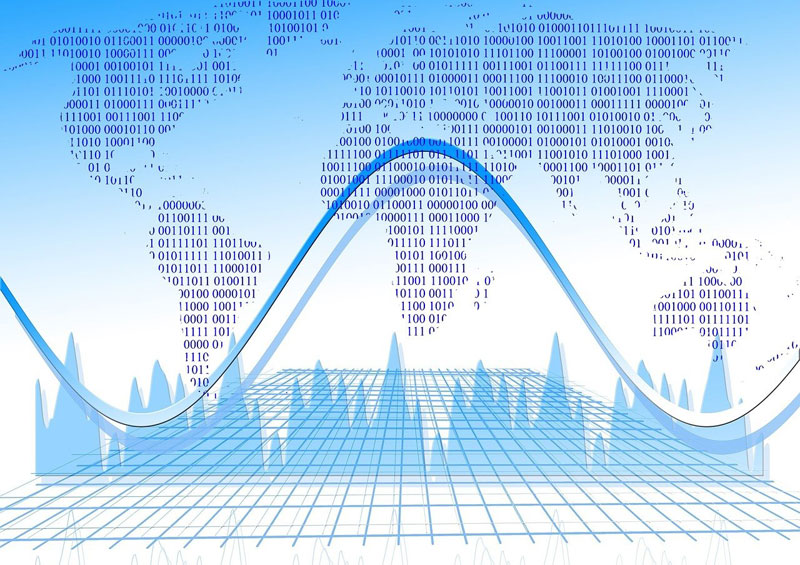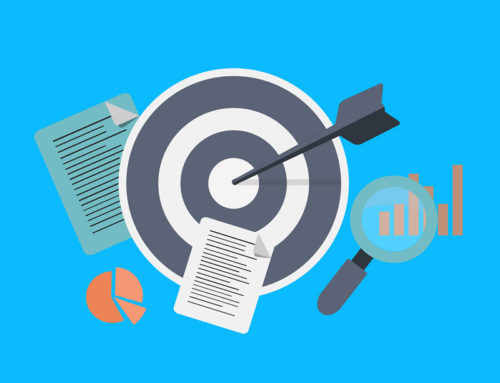I recently wrote a couple of articles on the growth of the alternative data industry. You can read the articles here and here. (Alternative Data: The Monetization and Commodification of Data, Part 1 of 2, Alternative Data: The Monetization and Commodification of Data, Part 2 of 2). Let me take this opportunity to share with you some of the things that make alternative data so useful and in the time of COVID-19 really really valuable.
So what do you mean by traditional data and alternative data? Traditional data (TD) comes in many flavors, but it is the data we have been using for many many years. It includes government reports and statistics that we rely on to measure for example the gross domestic product or the unemployment rate. Other traditional data include company filings, earnings call transcripts, market research reports, trade association reports, statistics, surveys, analyst reports, stock prices, and the list goes on. We have relied on TD to figure out what is going on in industries, companies, the strengths or weaknesses of the economy, how to start a business, attract venture capital funding, hire employees, and create meaningful and exciting new products and services. This data has served us well. But now there is a new set of data that can be combined with TD to give businesses greater, more granular, faster insights into consumer behaviors, purchasing trends, hiring trends, the strength of businesses and the economy, and more. Alternative data, also called, high frequency data, real-time data, third party data, and non-traditional data, comes from the digitization of well pretty much everything we do these days. Everything we do online, from blog posts, tweets, social media, online searching, e-commerce purchases, travel, applying for a job, using an app to listen to music, watch a video, or upload your own creations to TikTok, Instagram, or Etsy, is captured, stored, anonymized, and monetized to understand what we are doing in real time or near real time. Valuable information to have especially now when the economy has been hit so dramatically by the global pandemic and everyone is trying to figure out – what is the next normal.
Alternative data comes from people, business processes, and sensors. People search online, post tweets and reviews online, and purchase stuff using retailer apps. Business processes include credit card transactions, email invoices, internal supply chain data, and shipping transactions. Satellite sensors, geolocation apps, drones, and smartphones all capture geolocation data that can be used to monitor business activities, shopping and travel, crop growth, and much more.
The alternative data industry really got started in about 2010 by the financial industry looking for a competitive advantage by using alternative data as a proxy for retail sales, brand strength, and company success.
The alternative data industry has grown dramatically since 2010 in both the number of new companies entering the industry and the market size of the industry. The latest market research report on the alternative data industry was valued at $1.64 billion industry for 2019 and the report projects that industry will grow a whopping 40.1% CAGR by 2027 or $17.35 billion.
COVID-19 and the global pandemic has made alternative data even more valuable as retailers, restaurants, manufacturers, travel and tourism companies, and hospitality operations all try to figure out what is happening and how to respond to the consequences of a global pandemic that has dramatically impacted local, regional, state, national, and international economies. Companies are using alternative data to reveal consumers behavior patterns (online vs. in-store shopping, curbside pickup, delivery) to help them develop strategies and plans to address the uncertainty of the pandemic.
AlternativeData.org has compiled a nifty database of more than 450 alternative data providers including Quandl, Thinknum, 1010 Data, and YipitData. These companies are joined by some very large alternative data providers including Bloomberg, Refinitiv, and IHS Markit.
Here are some of the latest alternative data headlines:
NYU Launches the World’s First Alternative Data Course Following the Publication of a Seminal White Paper by Two of Its Professors, (PR Newswire, 21 October, 2020)
The M.S. in Mathematics in Finance program at the Courant Institute, New York University, directed by Professor Petter Kolm, is launching a new masters-level course on finance alternative data. It will prepare students for technical roles in the growing alternative data industry across the asset management ecosystem.
Three ways marketers use alternative data in automation (InfoTechLead, 12 October, 2020)
Increasingly, business owners are looking to alternative data to thrive in a heavily competitive environment. It is hard to get an edge on rival companies using the same information sources and drawing unoriginal conclusions. An innovative approach to data is the key to creating successful strategies.
Yes, Alternative Data Is Useful Beyond Next Quarter’s Results (Forbes, 11 September 2020)
I’ll give you a fascinating example. This one is quite recent. So a lot of local businesses have closed due to the pandemic. You might ask yourself, where are they closing these doors? Your initial naive assumption might be, well, the pandemic has hit less affluent and lower income areas, so maybe that’s where they’re closing down the stores. Actually it turns out to be exactly the opposite. Because in the affluent areas most people have the privilege and the luxury of working from home. And so they’re not picking up their morning coffee. Whereas in the less affluent areas, people still have to go to work. And so they still walk past the Dunkin Donuts and pick up their coffee. So sales actually fell by the most in relatively prosperous areas of the country. It kind of jumps out to you if you take a dataset of consumer transactions where you have zip code level data and then you cross it against the census income by zip code. This is a kind of insight that you don’t get from either data set alone.
How alternative data can lend clarity amid uncertainty (BlackRock)
The BlackRock Systematic Active Equity team has been using various forms of alternative data for more than a decade. Some data sources have proved particularly valuable this year, especially when analyzed with the right context in mind. Here we look at three examples and how they have been additive in assessing the macroeconomic and investing environment during the global coronavirus pandemic.
As you can see, Alternative Data is becoming more and more mainstream, valuable, and essential for businesses to understand consumer behaviors at a time when there is greater uncertainty because of the pandemic.



